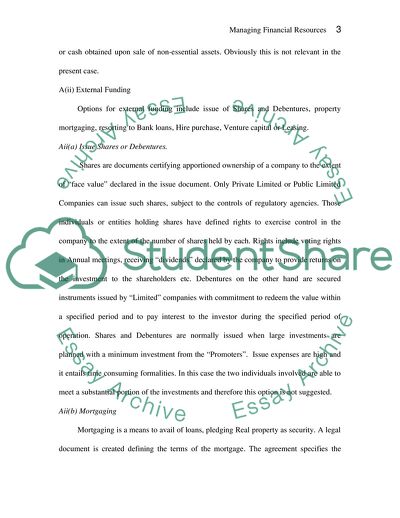Cite this document
(Managing Financial Resources: Bruce McIntyre Case Study, n.d.)
Managing Financial Resources: Bruce McIntyre Case Study. https://studentshare.org/finance-accounting/1707142-higher-national-certificate-hnc-uk-managing-financial-resources
Managing Financial Resources: Bruce McIntyre Case Study. https://studentshare.org/finance-accounting/1707142-higher-national-certificate-hnc-uk-managing-financial-resources
(Managing Financial Resources: Bruce McIntyre Case Study)
Managing Financial Resources: Bruce McIntyre Case Study. https://studentshare.org/finance-accounting/1707142-higher-national-certificate-hnc-uk-managing-financial-resources.
Managing Financial Resources: Bruce McIntyre Case Study. https://studentshare.org/finance-accounting/1707142-higher-national-certificate-hnc-uk-managing-financial-resources.
“Managing Financial Resources: Bruce McIntyre Case Study”. https://studentshare.org/finance-accounting/1707142-higher-national-certificate-hnc-uk-managing-financial-resources.


